Tic Disorder Treatment Guideline
Tic disorder treatment guideline. Medications for Tourette Syndrome Medications can be used to reduce severe or disruptive tics that might have led to problems in the past with family and friends other students or coworkers. Treatment of Tics in People with Tourette Syndrome and Chronic Tic Disorders May 2019 Recommendations from current practice guideline. 07233 Tourette ndrSy me o Both motor and phonic tics lasting more than 1 year 30720 Tic disorder not otherwise.
Other non-stimulant medications such as guanfacine clonidine and atomoxetine may also be beneficial. These forms were developed to ensure completeness and consistency of the extracted data and the 2 authors forms were compared for accuracy. PHILADELPHIA Approaches to managing tics in patients with Tourette syndrome or chronic tic disorders should be individualized and the choice should be the result of a collaborative decision among patient caregiver and clinician during which the benefits and harms of individual treatments as well as the presence of comorbid disorders are considered according to Tamara Pringsheim MD lead author of a practice guideline.
Selective serotonin reuptake inhibitors SSRIs such as fluoxetine sertraline and fluvoxamine are effective in youth and adults with anxietyOCD. Recommendations are provided on how to offer and monitor these therapies. Comprehensive behavioral intervention for tics CBIT is a treatment that combines relaxation training habit-reversal training and behavioral therapy to help reduce tic symptoms.
A systematic literature search was conducted to obtain an update on the efficacy of BPI for tics. Definition Tics are brief sudden repetitive movements andor sounds. Practice Guideline Recommendations Summary.
The AAN guideline committee convened a multidisciplinary. The guideline states that CBIT has been proved to be effective. With Tourette Syndrome and Chronic Tic Disorders This is a summary of the American Academy of Neurology AAN practice guideline The Treatment of Tics in People with Tourette Syndrome and Chronic Tic Disorders which was published in Neurology online on May 6 2019 and appears in the May 7 2019 print issue.
Side effects are generally tolerable. Medications also can be used to reduce symptoms of related conditions such as ADHD or OCD. On May 6 the American Academy of Neurology AAN issued its first-ever practice guideline for the treatment of tics in people with TS and chronic tic disorders in the online edition of Neurology.
Endorsed by the Child Neurology Society and the European Academy of Neurology. The guidelines also include a level C recommendation for the use of botulinum toxin injections for the treatment of tic disorders including localized and bothersome motor tics and disabling or aggressive vocal tics.
The guidelines also include a level C recommendation for the use of botulinum toxin injections for the treatment of tic disorders including localized and bothersome motor tics and disabling or aggressive vocal tics.
Practice Guideline Recommendations Summary. This clinical guideline provides recommendations for the behavioural and psychosocial interventions BPI of children and adolescents with tic disorders prepared by a working group of the European Society for the Study of Tourette Syndrome ESSTS. Medications also can be used to reduce symptoms of related conditions such as ADHD or OCD. On May 6 the American Academy of Neurology AAN issued its first-ever practice guideline for the treatment of tics in people with TS and chronic tic disorders in the online edition of Neurology. Practice guideline on the treatment of tics in people with Tourette syndrome TS and chronic tic disorders. Other non-stimulant medications such as guanfacine clonidine and atomoxetine may also be beneficial. Definition Tics are brief sudden repetitive movements andor sounds. Side effects are generally tolerable. A systematic literature search was conducted to obtain an update on the efficacy of BPI for tics.
A systematic literature search was conducted to obtain an update on the efficacy of BPI for tics. Clonidine a medicine that can help reduce tics and treat symptoms of attention deficit hyperactivity disorder ADHD. Canadian Guidelines for the Evidence-Based Treatment of Tic Disorders. Practice guideline on the treatment of tics in people with Tourette syndrome TS and chronic tic disorders. Other non-stimulant medications such as guanfacine clonidine and atomoxetine may also be beneficial. If the studies reported common outcome measures meta-analysis of study results was attempted. Comprehensive behavioral intervention for tics CBIT is a treatment that combines relaxation training habit-reversal training and behavioral therapy to help reduce tic symptoms.


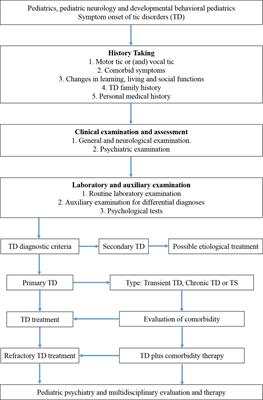


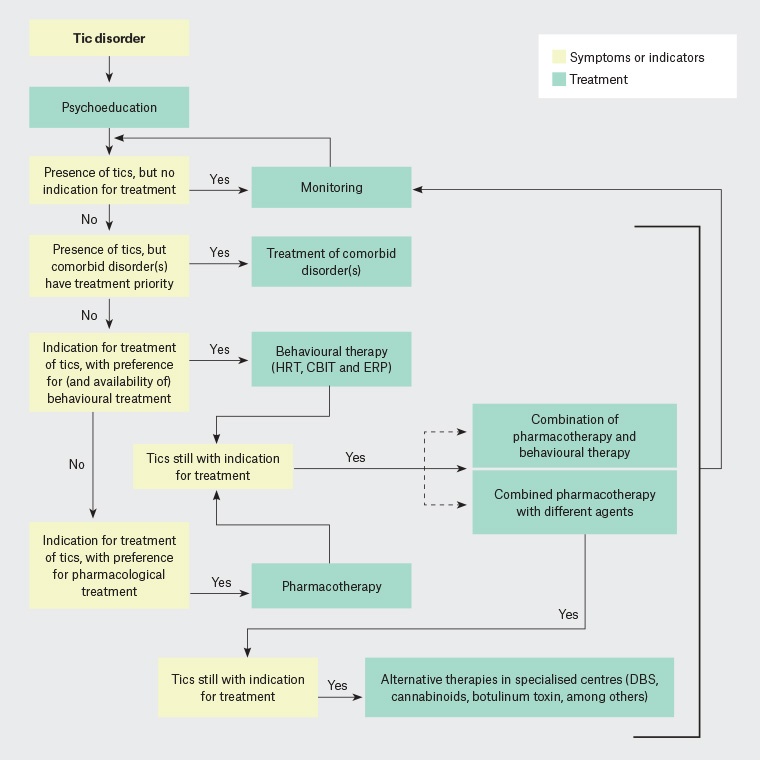








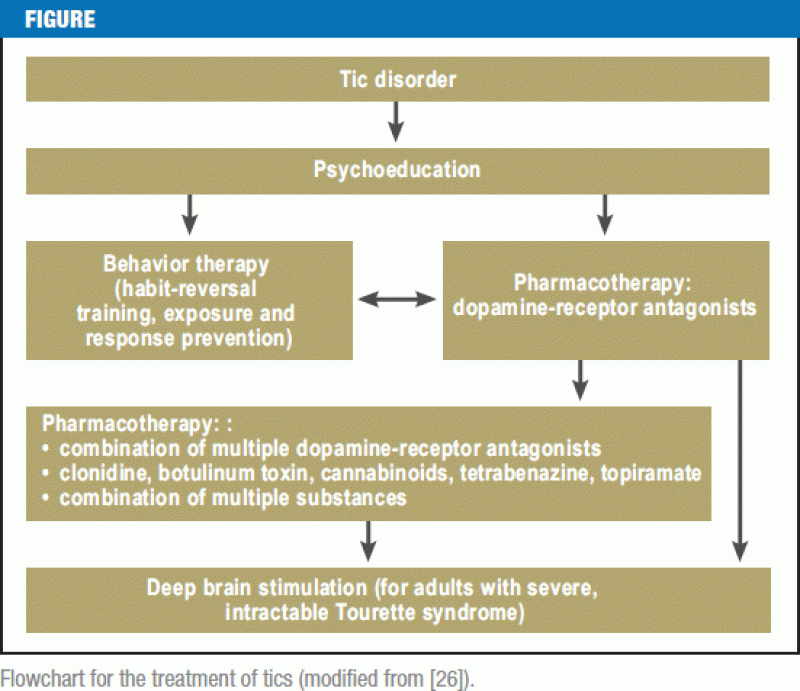


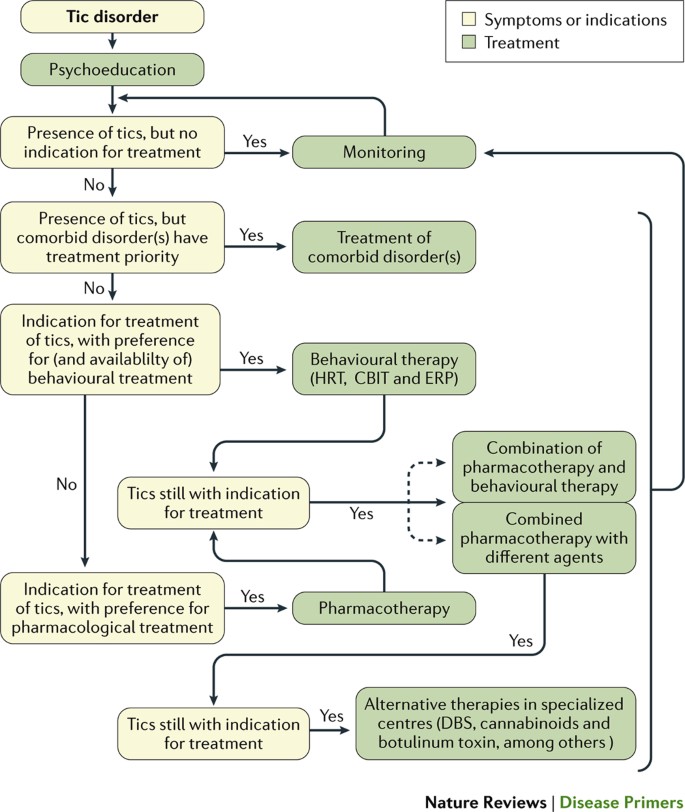

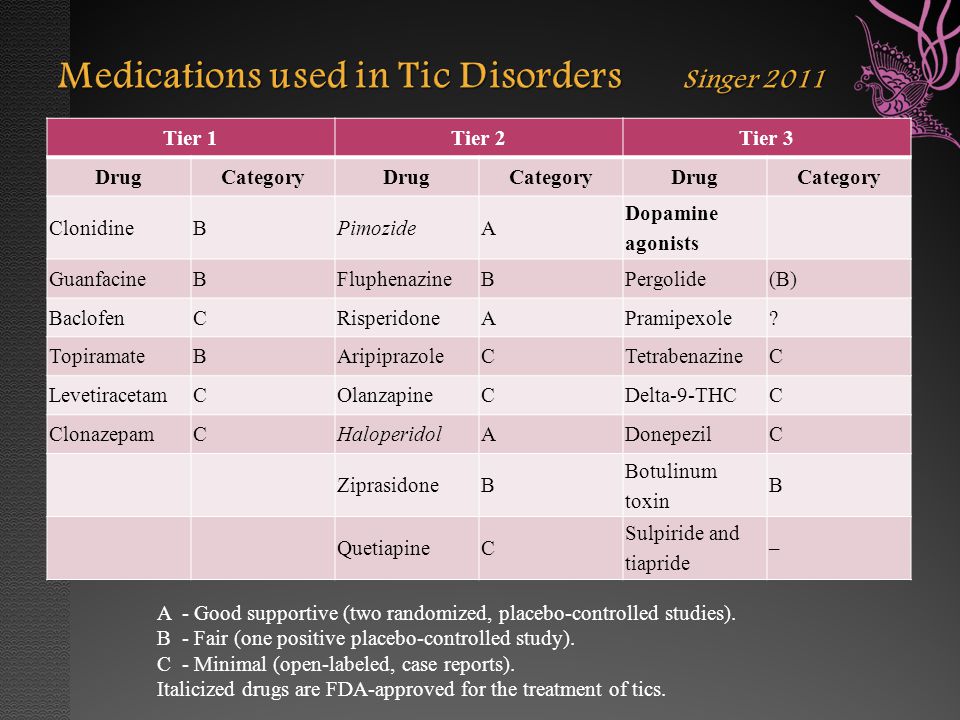



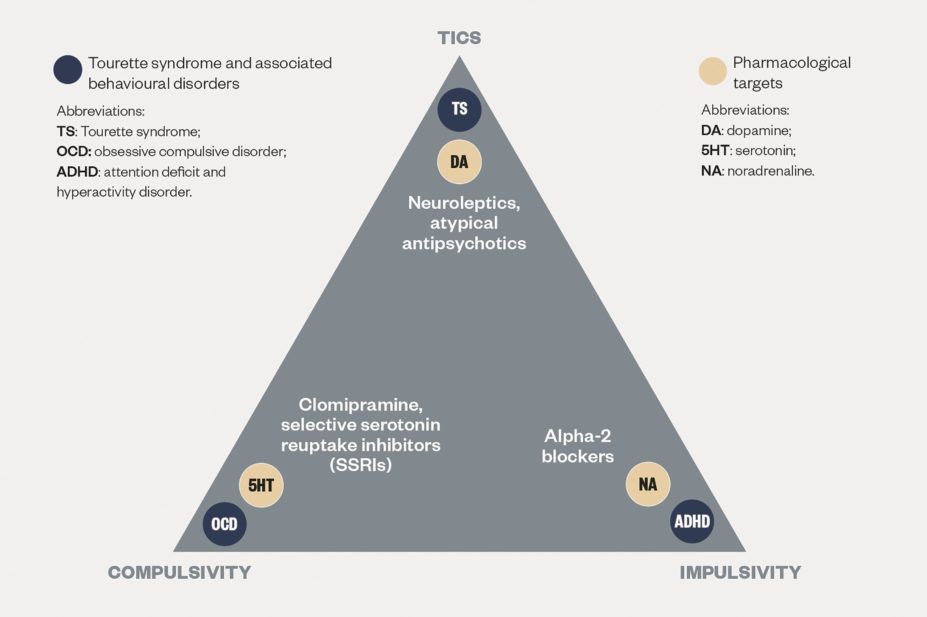


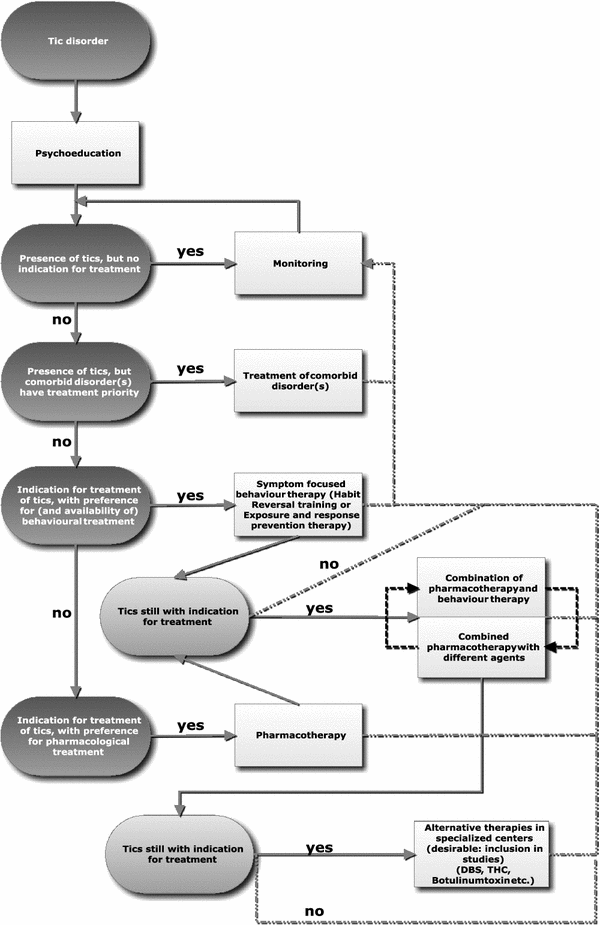
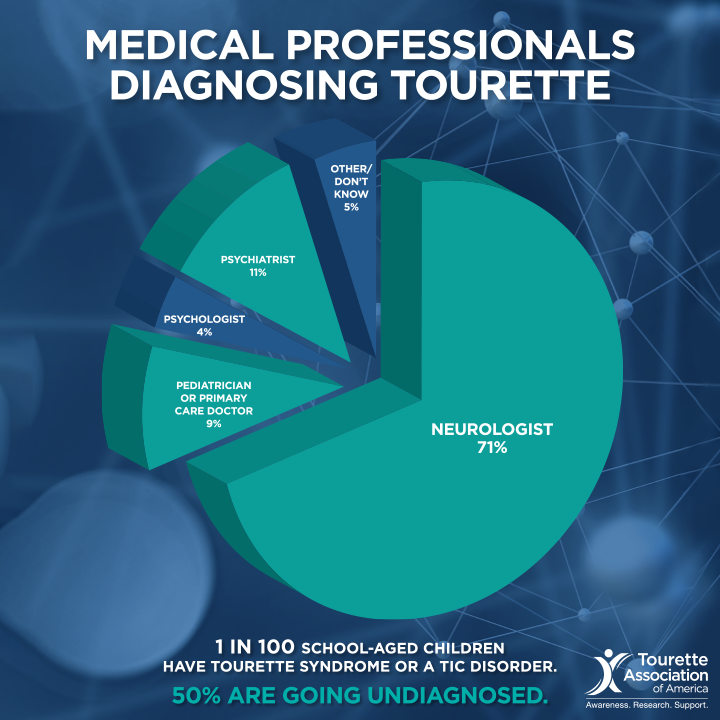

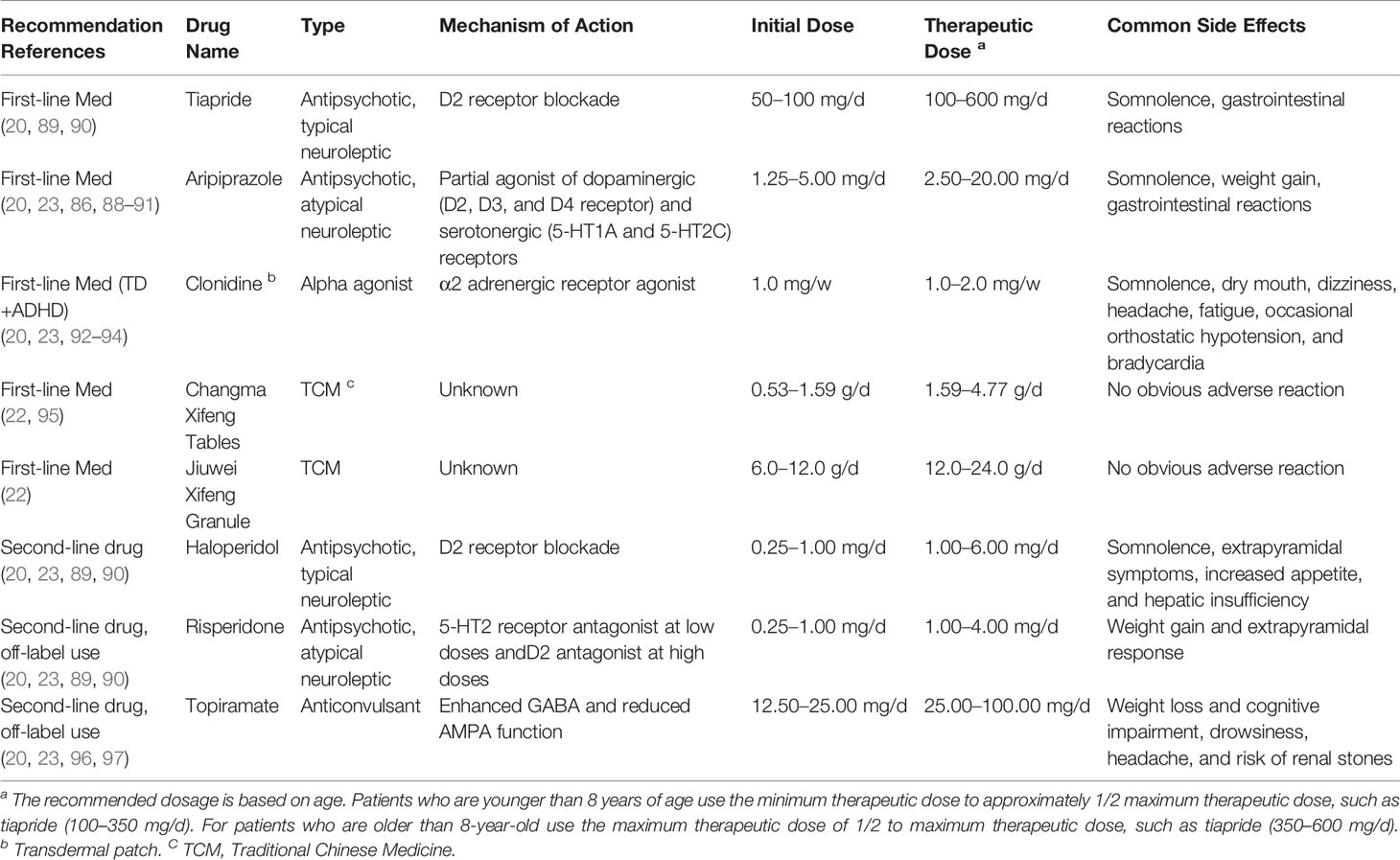



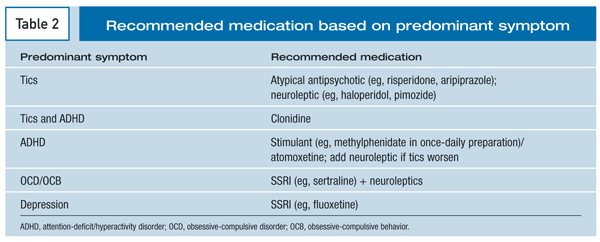





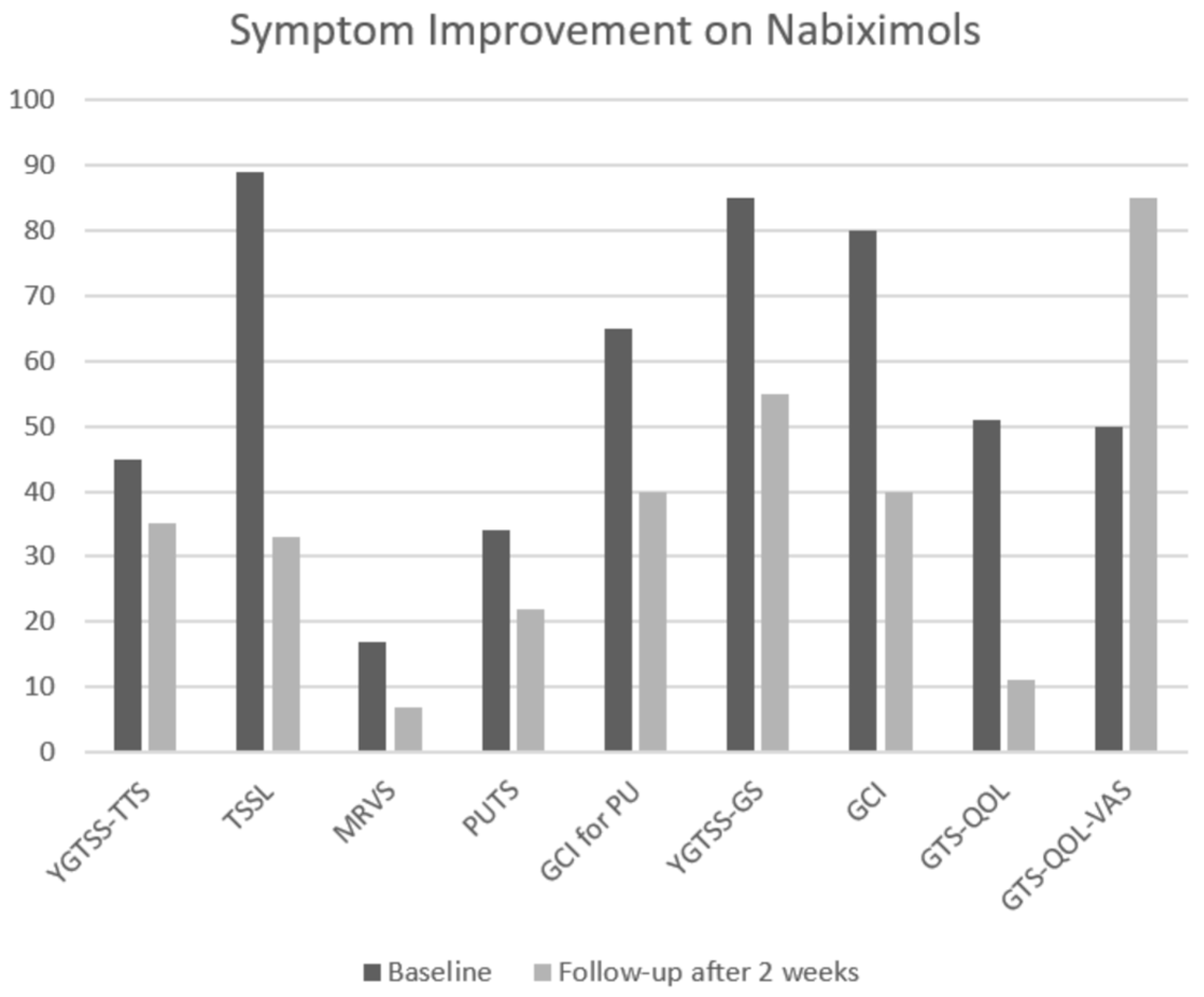



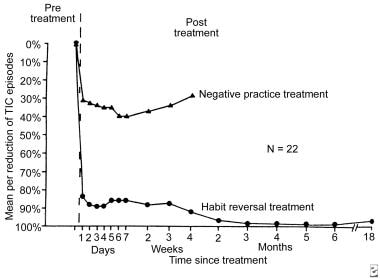
Post a Comment for "Tic Disorder Treatment Guideline"